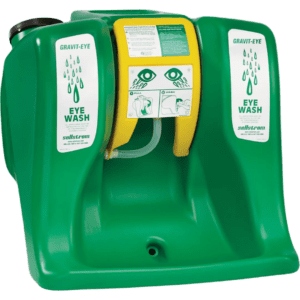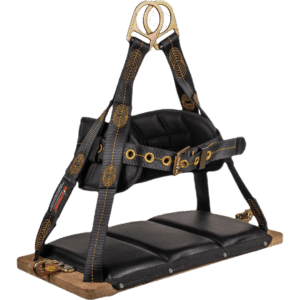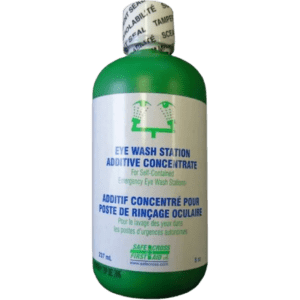Horizontal anchorage lines, or horizontal lifeline systems, are designed to provide fall protection for workers who move horizontally along a surface, such as roofing, scaffolding, or bridges. These systems are installed across the work area to allow workers to attach their harnesses while maintaining mobility and security. Horizontal lifeline systems are typically made from high-strength materials like steel cables or synthetic rope and are engineered to absorb shock and prevent falls. These systems must meet rigorous safety standards such as ANSI Z359.18 and SASO 4010 to ensure proper performance in preventing falls.
Key Features:
- Continuous Fall Protection: Provides a continuous anchorage line for workers to attach to while moving horizontally.
- Durable and Strong: Made from high-quality steel cables or synthetic ropes designed to withstand extreme conditions.
- Shock Absorption: Equipped with shock-absorbing mechanisms to minimize the impact forces during a fall.
- Versatile Applications: Ideal for use in construction, industrial maintenance, and other high-risk environments.
Types and Standards:
- Fixed Horizontal Lifelines: Permanent installations, often used in large-scale projects.
- Temporary Horizontal Lifelines: Mobile and adaptable systems used for short-term or specific applications.
- ANSI Z359.18, SASO 4010: Standards that ensure the performance and safety of horizontal anchorage systems.
Brands Available:
MSA, Guardian Fall Protection, 3M, Honeywell, and Karam provide trusted horizontal lifeline systems that offer safety and mobility in high-risk environments.
General Maintenance:
Regularly inspect the system for any signs of wear, damage, or corrosion, particularly in the cables, anchors, and connectors. Ensure that all parts are properly lubricated and functioning. Clean cables or ropes with water and mild detergent, and store the system in a dry, cool environment.





